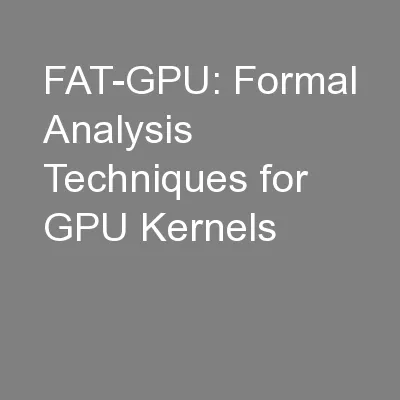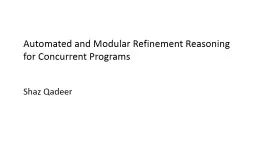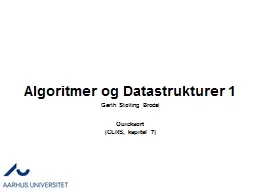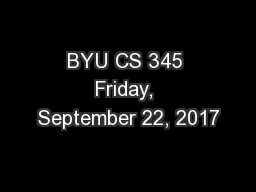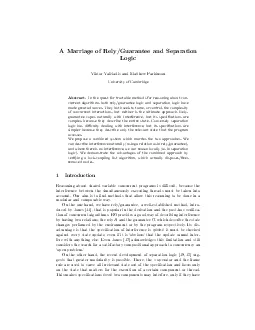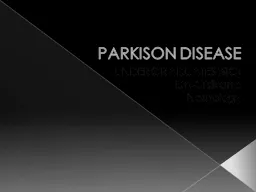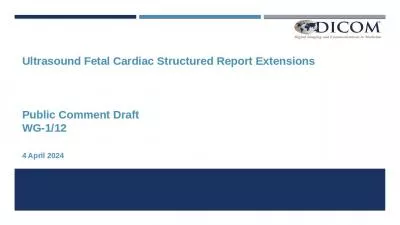PPT-TID Irradiations Dima Maneuski,
Author : eurolsin | Published Date : 2020-07-04
Richard Bates Craig Buttar Liam Cunningham Kevin McKechnie Glasgow Timon Heim Aleksandra Dimitrievska Maurice GarciaSciveres Context of work Context of work Setup
Presentation Embed Code
Download Presentation
Download Presentation The PPT/PDF document "TID Irradiations Dima Maneuski," is the property of its rightful owner. Permission is granted to download and print the materials on this website for personal, non-commercial use only, and to display it on your personal computer provided you do not modify the materials and that you retain all copyright notices contained in the materials. By downloading content from our website, you accept the terms of this agreement.
TID Irradiations Dima Maneuski,: Transcript
Download Rules Of Document
"TID Irradiations Dima Maneuski,"The content belongs to its owner. You may download and print it for personal use, without modification, and keep all copyright notices. By downloading, you agree to these terms.
Related Documents


